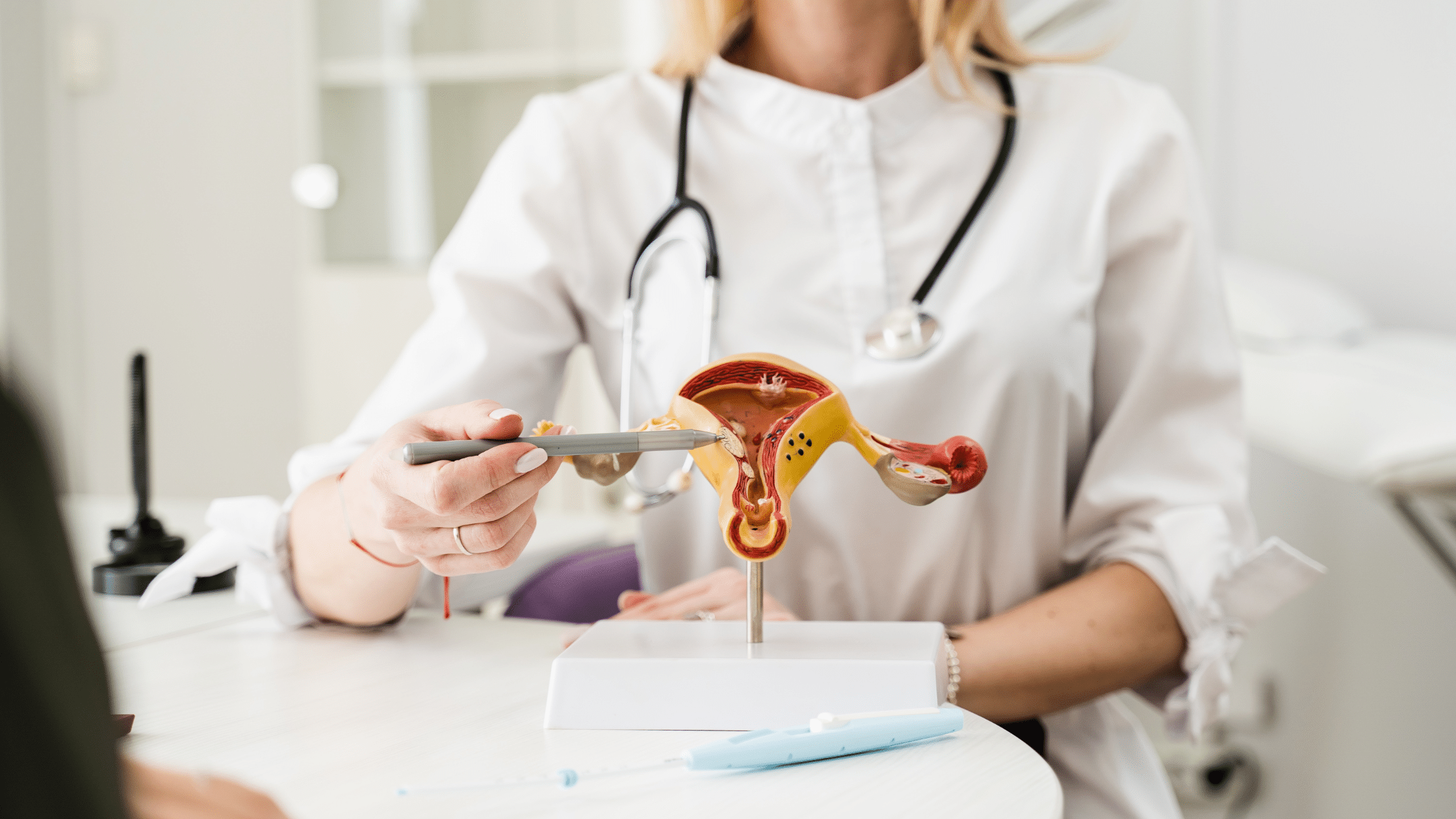Endometriosis affects millions of women across the U.S., yet its exact cause remains unclear. While…

10 Frequently Asked Questions About Endometriosis Treatment
It’s likely that when you were first diagnosed with endometriosis a litany of questions ran through your mind: what is endometriosis? Why did I contract it? How is endometriosis treated?
In our years of experience diagnosing and treating endometriosis, we’ve talked to hundreds of women about their condition. Our team at the Endometriosis Treatment Center of America has compiled a list of some of the questions we’re most commonly asked about endometriosis and endometriosis treatment.
What is endometriosis?
With endometriosis, the type of tissue that grows inside the uterus, called the endometrium, also grows outside of the uterus around the reproductive organs. Endometriosis is fairly common, occurring in around 10 percent of women. Symptoms of endometriosis can include chronic pelvic pain, heavy bleeding and pain during periods, infertility, pain during sex, and pain during bowel movements and urination.
Does endometriosis always cause severe pain?
Not in all cases. Sometimes severe cases of endometriosis cause little or no pain while relatively mild cases cause a great deal of pain.
Who gets endometriosis?
Endometriosis can occur in any woman who gets periods. Although there are outlying cases on either side, endometriosis is most commonly diagnosed in women in their 30s and 40s. There’s no definite connection, but endometriosis may be more common in women who have never had children or who regularly have periods that last more than seven days.
How is endometriosis diagnosed?
Laparoscopy is by far the best method for diagnosing endometriosis. Our team uses the da Vinci robotic surgical platform to insert a small scope into the abdomen. Images of the affected area are displayed on a monitor for our surgeons to examine and make the diagnosis. Sometimes a biopsy of the tissue will also be taken and tested for cancer.
Does endometriosis cause infertility?
Not in all cases. Reproductive challenges occur in roughly 35-40 percent of women with endometriosis.
How do you treat infertility?
The first step is an in-depth evaluation of what might be causing your infertility. If we’ve diagnosed endometriosis, we can prescribe treatments that may improve your chance of getting pregnant. These include minimally invasive excision, hormonal medication, and anti-inflammatory medication.
What are the preferred treatments for endometriosis?
It depends! Factors such as the severity of the symptoms and whether the patient is trying to get pregnant. In some cases, medications and pain relievers may adequately address symptoms. In others, robotic excision of endometriosis lesions or robotic hysterectomy may be the best options.
What is robotic excision of endometriosis?
Robotic excision is a leading-edge, minimally invasive procedure that involves using the da Vinci robotic surgical system to carefully and precisely remove lesions from the uterus. The da Vinci robot is operated by a surgeon via a control panel, and the operation is conducted through a few small incisions.
What is a da Vinci robot?
The da Vinci robot is a surgical system designed to perform minimally invasive operations including excision of endometriosis. It consists of three components: a console where the surgeon performing the operation is located, a patient cart that holds the camera and instruments controlled by your surgeon, and a vision cart that manages the system’s communication while providing a 3D video screen that allows your surgical team to view the procedure.
Why is robotic excision of endometriosis the preferred method?
It’s both minimally invasive and highly effective. Robotic excision using the da Vinci platform provides surgeons with highly defined, three-dimensional views of the surgical area and allows them to remove tissue using much smaller incisions than those used in conventional open surgery.
The da Vinci system gives surgeons a far greater degree of control and flexibility than traditional methods of excision. When the surgeon has to make an adjustment to the camera, for example, he or she simply moves their hands rather than having to wait for an assistant to do it. In addition, this system provides far greater ergonomic comfort to the surgeon, allowing for an optimal degree of precision over a longer time period.
Do You Have Additional Questions?
Do you have questions about endometriosis and endometriosis treatment? We’re your source of information. Our years of experience have provided a wealth of knowledge, and we’re happy to share it with you. Our team at the Endometriosis Treatment Center of America wants you to be as comfortable as possible with your diagnosis and treatment options.
Contact Us with Your Questions About Endometriosis
When you’ve been diagnosed with endometriosis, it’s natural to have questions. At the Endometriosis Treatment Center of America, we take the time to answer any questions so you can make informed decisions about your diagnosis and treatment. Contact us at our offices in Birmingham or Lake Orion, Michigan to schedule a consultation.



